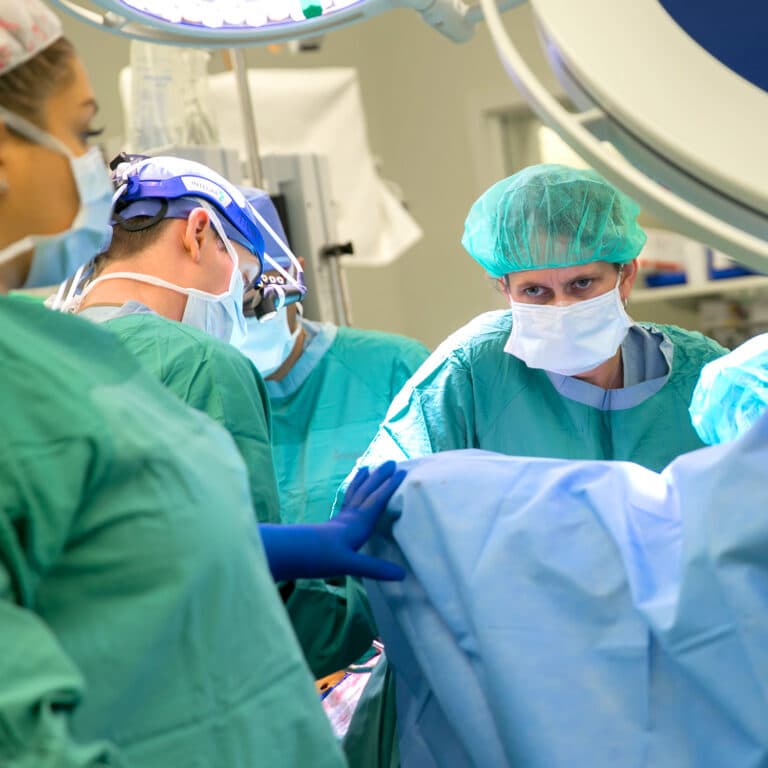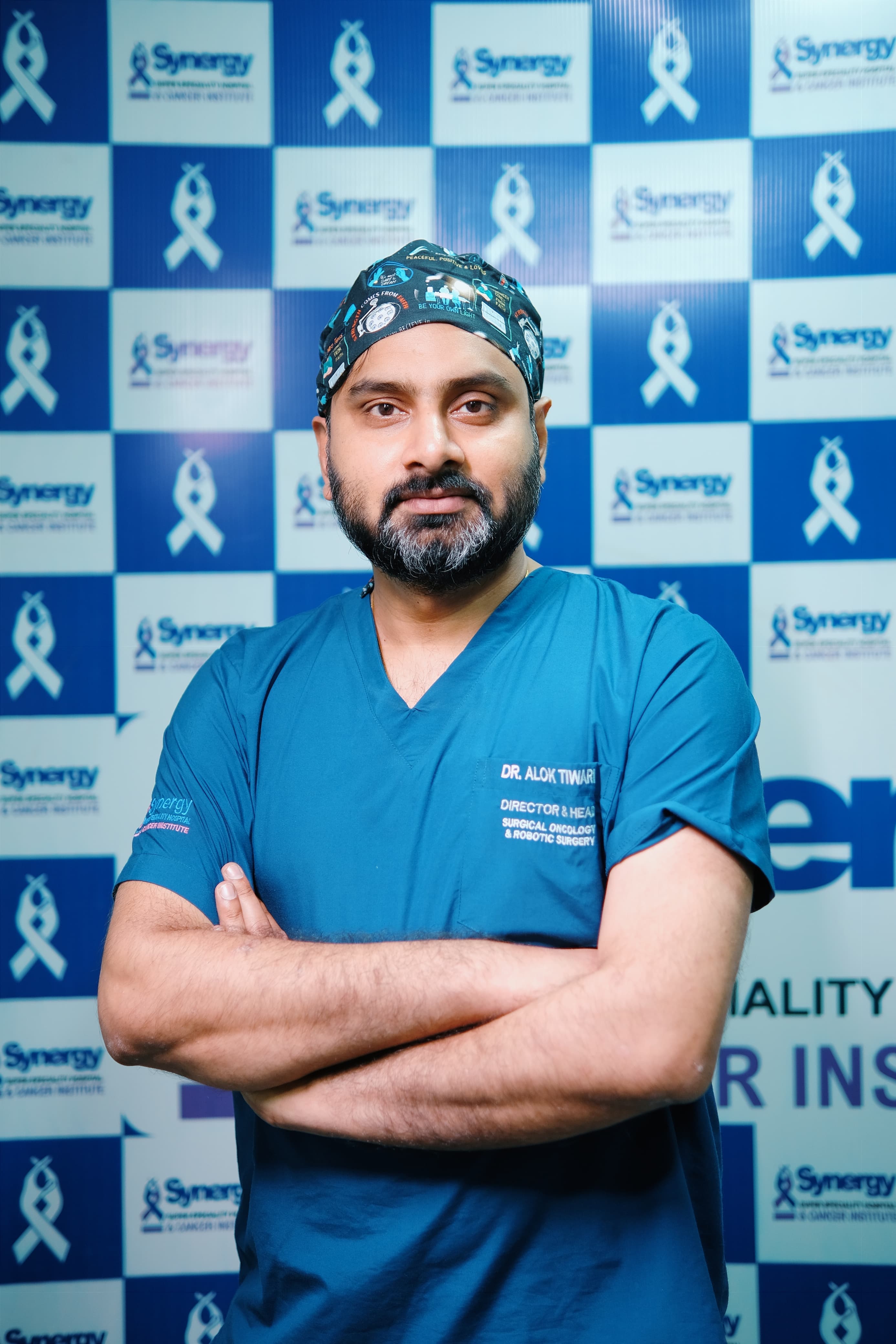

Pradhan Mantri Ayushmaan Bharat Yojana


The Ayushmaan Bharat Card, launched under the Pradhan Mantri Jan Arogya Yojana (PM-JAY), is a revolutionary step toward providing universal health coverage in India. It offers cashless healthcare services up to ₹5 lakh per family per year for secondary and tertiary hospitalization across public and private empanelled hospitals. Targeting economically vulnerable families, the scheme ensures access to quality healthcare without financial hardship. Beneficiaries can avail treatments for a wide range of diseases, surgeries, and medical procedures. With minimal documentation, quick approvals, and a vast network of hospitals, Ayushmaan Bharat empowers millions to lead healthier, more secure lives with dignity.
Ayushmaan Bharat Card Benefits
What is Ayushmaan Bharat?
A national health protection scheme providing coverage of ₹5 lakh per family annually for secondary and tertiary care hospitalization.
Availing Benefits
Present your valid Ayushmaan Bharat Card and ID proof at our insurance desk. We handle all authorization processes directly with the scheme administrators.
Get Covered Today
Visit our Insurance Desk for easy enrollment and cashless treatment assistance.
Discover Our Centres of Clinical Excellence
At Synergy Superspecialty Hospital and Cancer Institute, we are committed to delivering world-class healthcare...

Top Specialities & Procedures
Meet Our Leaders



Media Gallery
Explore our collection of photos and videos showcasing hospital facilities, medical advancements, community events, and patient stories.
Transforming Lives Through Healthcare Excellence
Synergy Super-specialty Hospital and Cancer Institute, established in 2021, is committed to delivering exceptional healthcare...
See What Our Patients Say
Frequently Asked Questions
Find answers to common questions about our services, treatments, appointments...



